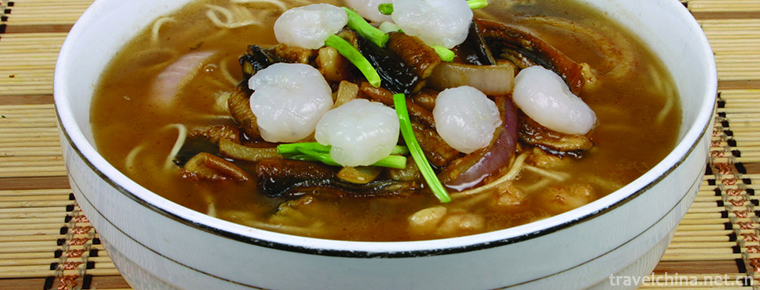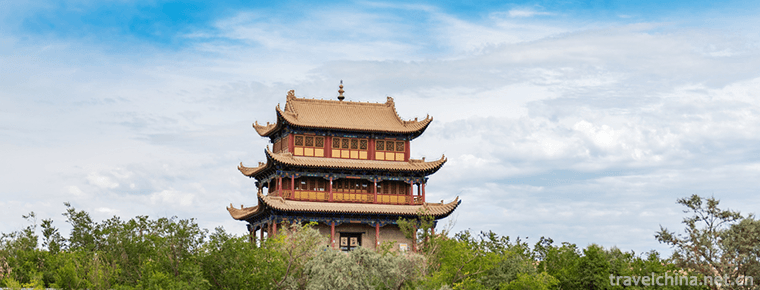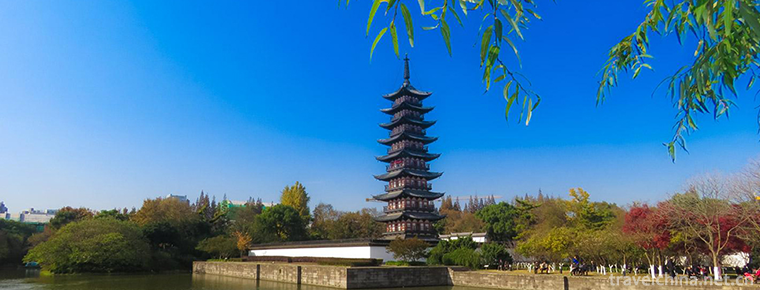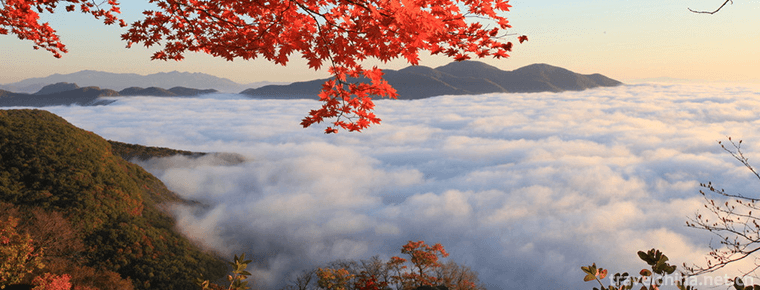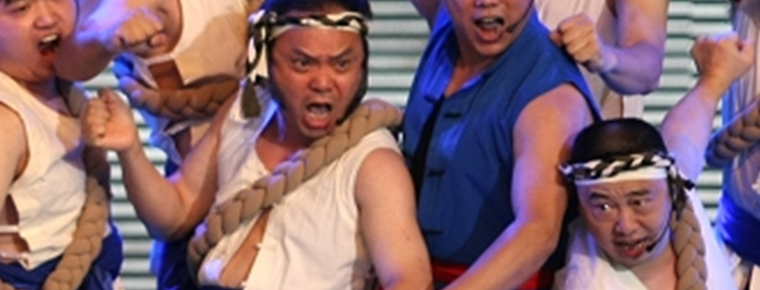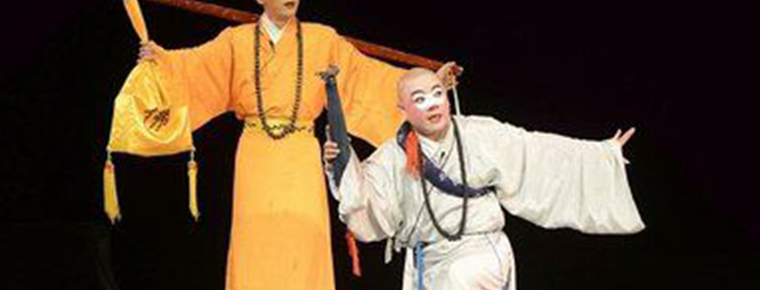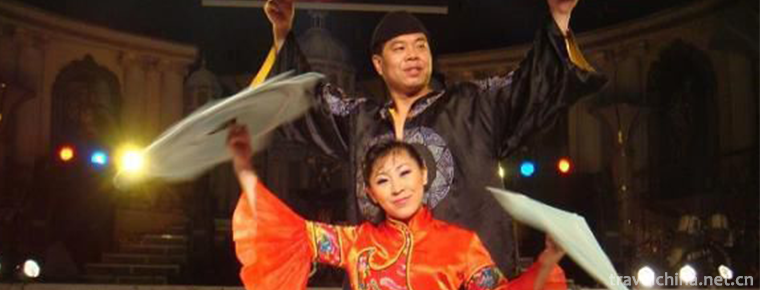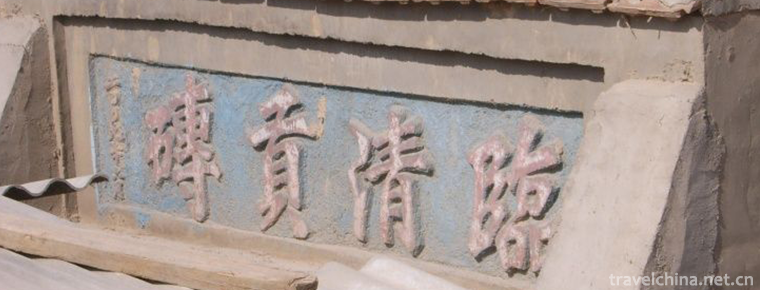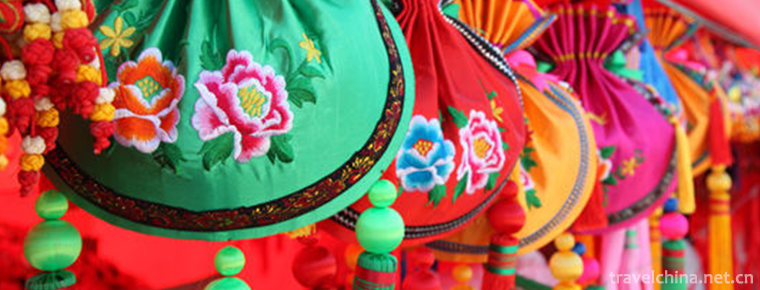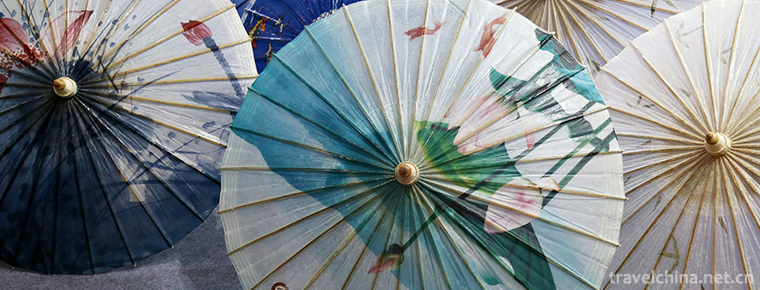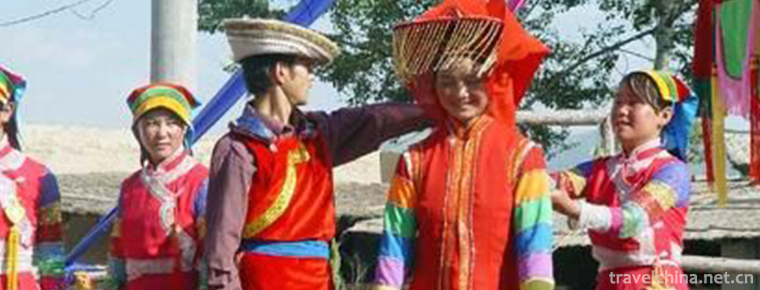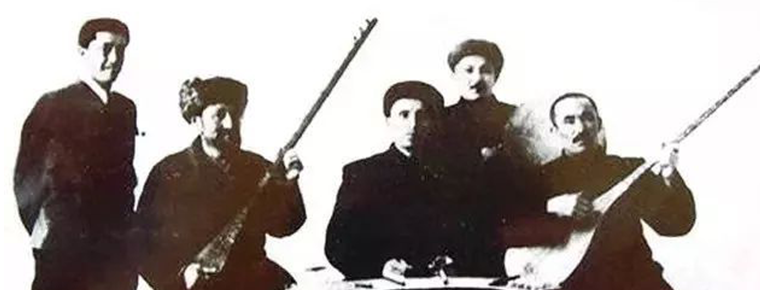Jingshan tea banquet
Jingshan tea banquet
Jingshan Tea Banquet, born in the Longevity Chan Temple of Jingshan, Jingshan Town, Yuhang District, began in Tang Dynasty and flourished in Song Dynasty. It has a history of more than 1200 years. It is a unique tea-drinking ceremony of Jingshan Ancient Temple, which replaces wine with tea. In 2005, Jingshan Tea Banquet was included in the list of representative works of intangible cultural heritage in Yuhang District.
On May 23, 2011, Jingshan Tea Banquet was approved by the State Council to be included in the third batch of national intangible cultural heritage list.
Historical origin
In Song Dynasty, many emperors built Zen monasteries. When they met the celebration or prayer meeting when the imperial court gave them robes and tin canes, they often held a grand tea banquet to entertain guests. The participants were all monks of the monastery and local celebrities. The "Jingshan Tea Banquet" of Jingshan Temple in Yuhang, Zhejiang Province, is well-known for its wild interest in mountain forests and high charm of Zen forests. During the tea banquet, Buddhist disciples gathered around the "Tea Hall", and the order of the tea banquet and Buddhist rituals, ordered tea, offered tea, smelled scent, tasted and expressed friendship in turn. Firstly, the abbot personally poured the fragrant tea "Buddha tea" to show his respect and called it "order tea"; then the monks consecutively dedicated the fragrant tea to the guests, named "offer tea"; after the banquet, the banquet participants first opened the cup to smell the fragrance, then raised the bowl to appreciate the color and luster of the tea soup, and then opened their mouths to taste in the praise of "click". After three tours of tea, they began to appreciate the fragrance and color of tea and praise the moral character of the master. Finally, they talked about Buddhist chanting and narrative friendship.
The culture of Zen tea in Jingshan Temple can be traced back to Tang Dynasty. The monks held tea banquets, ritualized Buddhas and practiced Zen, and formulated unique etiquette. In the Song Dynasty, its influence covered the south of the Yangtze River, and it was known as the "first Zen forest in the southeast" and became the center of Zen tea exchange between China and Japan. Lu Yu, the "Tea Sage", once lived in seclusion at the foot of Jingshan Mountain and wrote down the famous "Tea Sutra".
As a model of the combination of Zen rules and tea party etiquette in China, Jingshan Tea Banquet includes more than 10 ritual procedures such as Zhang Chabang, beating tea drums, respectful invitation to the hall, Shangxiangli Buddha, fried soup and ordering tea, traveling tea, saying and eating tea, thanking tea and withdrawing from the hall, etc.
Chinese and Japanese Tea Culture
Jingshan has been the window and bridge of Sino-Japanese cultural exchanges since ancient times. Jingshan tea banquet is the important content and main carrier of cultural exchanges between the two countries, as well as the origin of Japanese tea ceremony. During the Song and Yuan Dynasties, there were frequent exchanges between Chinese and Japanese Zen monks. Cao Dong Sect and Linji Sect, the popular Zen sect in the south of the Yangtze River, spread eastward to Japan, established sects and extended in Guaku. Among the 24 sects of Zen that appeared in the period of Shimura Shogunate in Japan, 20 sects came from Linji, and 13 of the 14 sects of Zen formed in recent times came from Linji Zen sect, Jishan Sect.
Qian Guangrongxi, a Japanese monk who had been in the Song Dynasty for the second time to seek law, was treated at the Datang Tea Festival at the Jiushan Temple for praying for rain in the capital city. When he returned home, he brought Tiantai Mountain tea, tea seeds, tea planting, tea making technology and tea drinking etiquette. He wrote "A Record of Tea Health", introducing tea planting, tea drinking methods and the effects of tea. He was praised as "Tea Saint" in Japan.
When the Japanese Cao Dong Zong Kaishan ancestor Xixuan Dao entered the Song Dynasty to seek law, he also climbed Mount Jingshan to ask questions. After returning home, he formulated a series of rules and regulations according to Baizhang Qing Rule and Zen Yuan Qing Rule of the Tang and Song Dynasties, collectively known as Yongping Qing Rule. According to the ritual law of Jingshan tea banquet, he made detailed regulations on tea ceremony, such as eating tea, traveling tea and tea soup, which had a far-reaching impact on Japanese tea ceremony etiquette law.
According to the Encyclopedia of the 18th Century in Japan, Sao Ming Nampo, a Japanese monk, introduced the Koyama tea banquet to Japan in 1259. This discovery provides important literature and historical data for the demonstration of the origin of Japanese tea ceremony. From the eighteenth century, the fourth volume of the Textual Research on Analogous Famous Things compiled by Junming Yamaoka, a master of Chinese Studies in the middle of the Edo period in Japan, records: "From the beginning of the tea banquet, in the middle of the first year (1259), the former Chongfu Temple opened the Nanpu Shaoming Mountain, and in the Tang and Song Dynasties, it also went to the Jixutang Temple of the Kiyama Temple, and passed on its law and religion."
This historical record confirms that the Japanese tea ceremony originated from our country's Jingshan tea banquet, and became the "iron evidence" that the Japanese tea ceremony originated from the Jingshan tea banquet.
value
Jingshan Tea Banquet embodies the ancient Zen tea etiquette, is the treasure of Chinese Zen tea culture and etiquette culture, and has high academic value; its tea drinking etiquette shows quiet elegance, delightful spirit, tea tasting and heart-nourishing, tea fighting fun and Buddhist realm is unique, with high artistic value; Song Dynasty, with the spread of Buddhism to Japan, Jingshan Tea Banquet gradually developed into Japanese Tea Tao, Jingshan Tea Tao. Tea banquet is the source of Japanese tea ceremony and an important carrier of cultural exchanges between China and Japan.
Present situation
Jingshan Tea Banquet has been lost for a long time in Jingshan. Since the 1980s, people of insight in Zhejiang Tea Industry have tried to recover and held many ceremonies imitating Jingshan Tea Banquet. Faced with the changes of the times and the impact of powerful culture, the ancient tea drinking etiquette of Jingshan Tea Banquet has been in an endangered state for a long time. It is urgent to rescue and protect it.
Honor
On May 18, 2010, the Ministry of Culture of China announced the third batch of national intangible cultural heritage list of recommended projects (new entries). The "Jingshan Tea Banquet" declared by Yuhang District, Hangzhou City, Zhejiang Province, was selected as the intangible cultural heritage in the category of folk items.
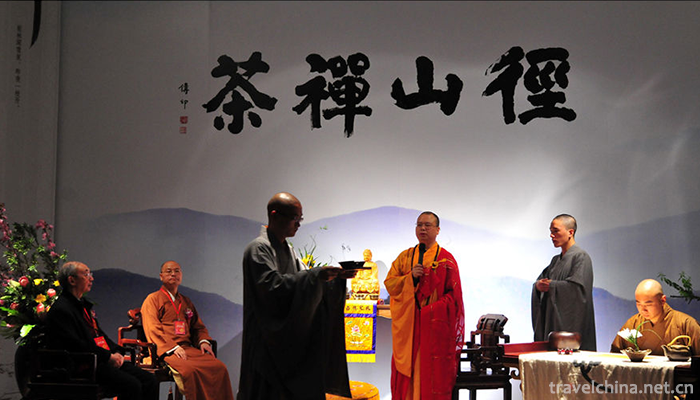
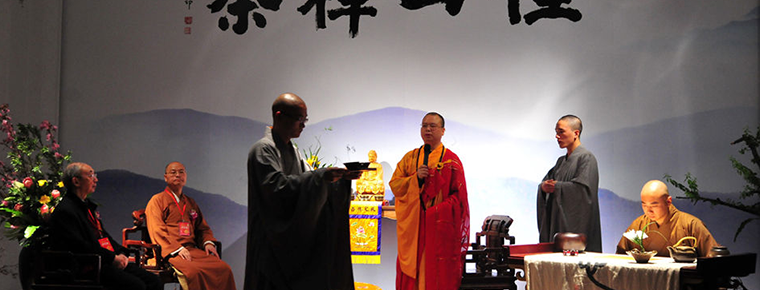
Jingshan tea banquet
-
Noodles with quickfried eel shreds and shelled shrimps
Shrimp fried eel noodles is a famous traditional food in Kui yuan hall, Hangzhou City, Zhejiang province. When the shrimp is cooked with fried eel noodles, select the strong fresh eel,
Views: 211 Time 2018-10-27 -
Jiayuguan cultural relics scenic spot
Jiayuguan: World Cultural Heritage, National AAAAA Tourist Scenic Spot, National Key Cultural Relics Protection Unit, National Patriotic Education Demonstration Base.
Views: 196 Time 2018-12-12 -
Shanghai Fangta Garden
Fangta Garden is one of the gardens in the ancient city of Songjiang, which is mainly composed of historical relics. The garden covers an area of 182 mu. The site was originally the downtown center of
Views: 170 Time 2018-12-19 -
wunv mountain city
Wunu Mountain City is a national key cultural relic protection unit. It was built by Zhu Meng, the ancestor of Koguryo. The three gates of the city are narrow at the bottom of the wall
Views: 162 Time 2018-12-22 -
Song of Sichuan river
Chuanjiang chant is a kind of traditional folk singing form that the shipworkers in Chuanjiang valley of Sichuan and Chongqing area lead the singing by the trumpeters for unified movement and rhythm
Views: 176 Time 2019-04-19 -
Hit City drama
Dacheng Opera, a local traditional drama in Quanzhou City, Fujian Province, is one of the national intangible cultural heritage.
Views: 219 Time 2019-04-22 -
Duet in Northeast China Errenzhuan
Errenzhuan, historically known as small Yangko, double play, bouncing, also known as the mouth, double side songs, Fengliu, Spring Song, half-class opera
Views: 251 Time 2019-04-27 -
Burning Techniques of Linqing Gong Bricks
Linqing fired tribute brick is an ancient handicraft. Beginning in the early Ming Dynasty, Yongle's firing technology is the unique experience accumulated by the working people in Linqing of Shandong
Views: 117 Time 2019-05-13 -
Qingyang Xiangbao embroidery
According to the pattern of paper-cut, various patterns are embroidered on the silk fabric with colorful thread, then different shapes are sewn, and the inner core is filled with silk, cotton and spic
Views: 155 Time 2019-06-11 -
Umbrella Making Skills
Oil-paper umbrella is one of the traditional handicraft products in China. As a kind of paper or cloth umbrella originating in China, it has also spread to various parts of Asia, such as Korea, Vietna
Views: 237 Time 2019-06-12 -
Tu Wedding
The custom of Tu people's wedding in Huzhu Tu area has a long history. Tu people's wedding custom is gradually formed and developed through the struggle with nature and the long-term practice of produ
Views: 309 Time 2019-06-23 -
Uzbek Ehilai and Yelai
Uzbek Ehilai and Yelai are mainly distributed in Kashgar, Shache, Yecheng and Yining, Ili Kazakh Autonomous Prefecture, Xinjiang Uygur Autonomous Region. Uzbek people have excellent music and dance cu
Views: 134 Time 2019-06-29
